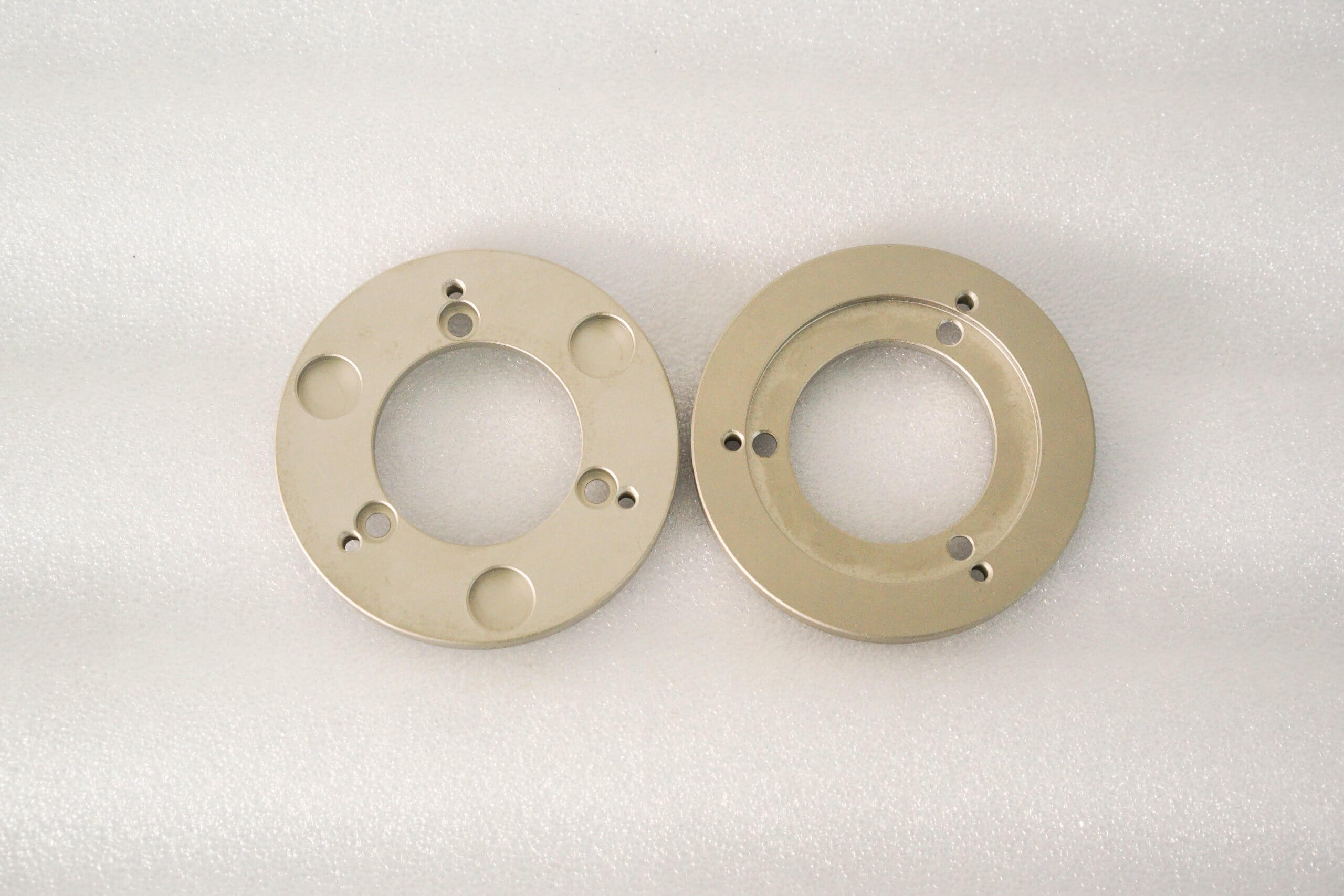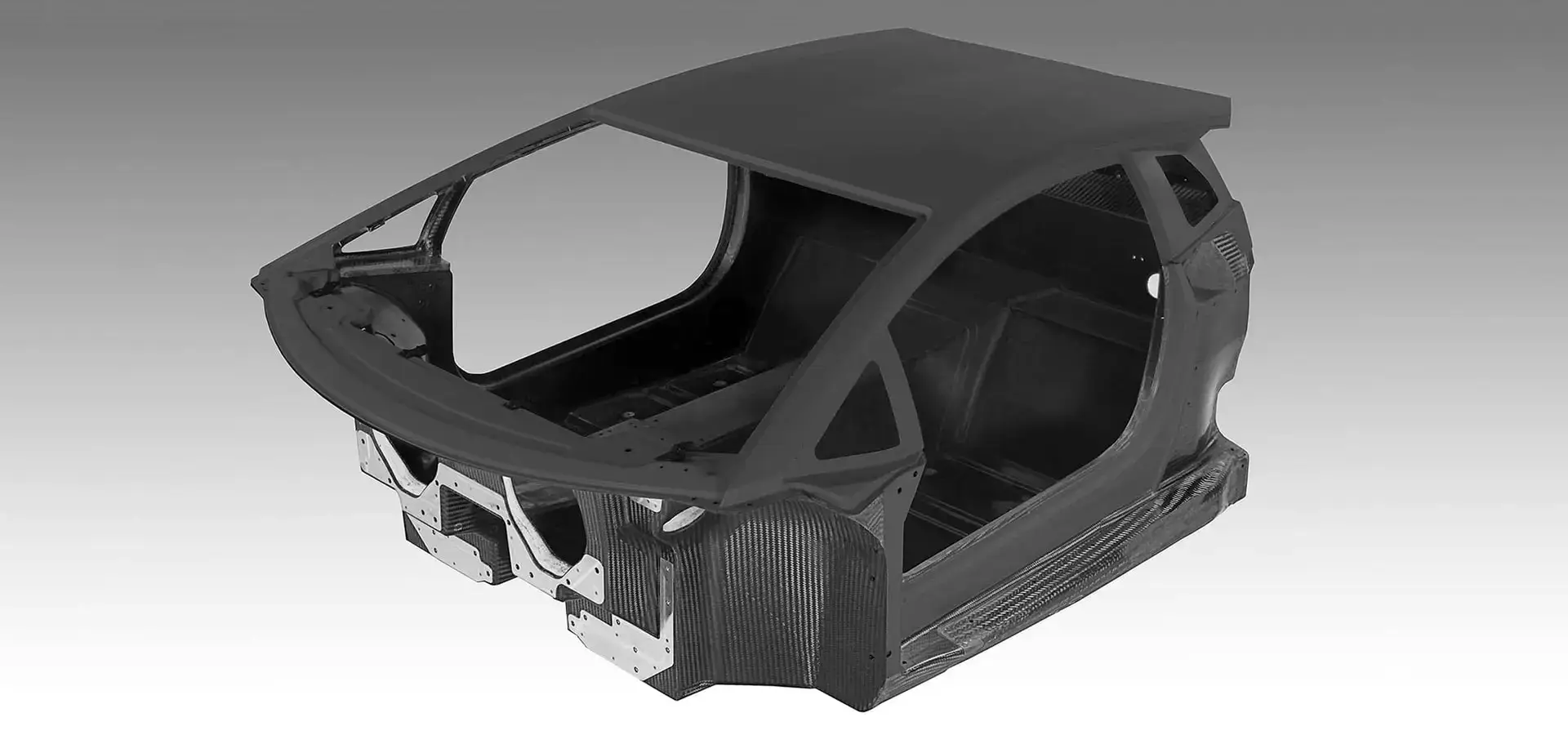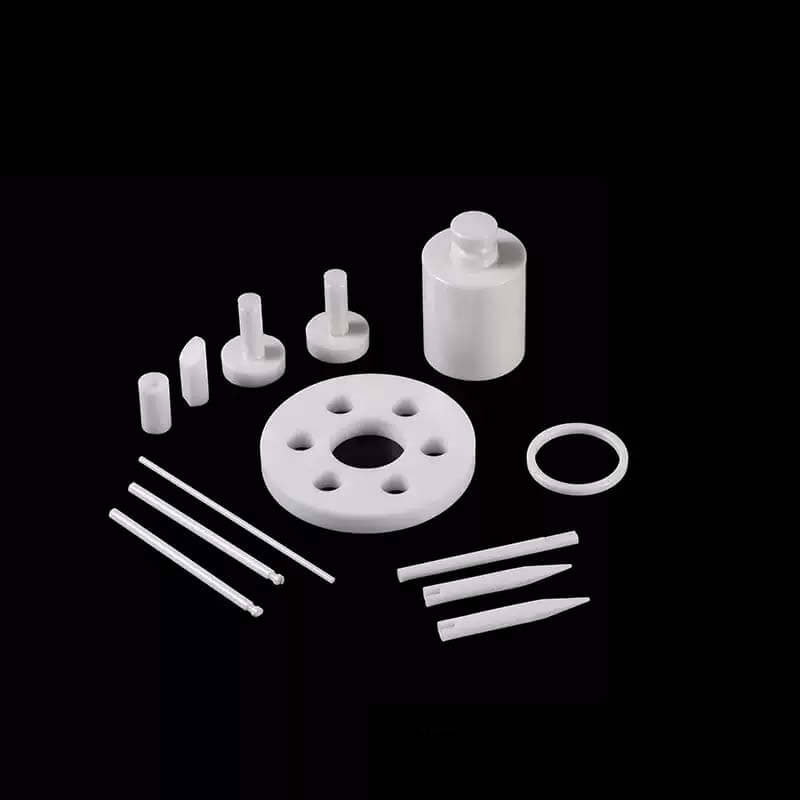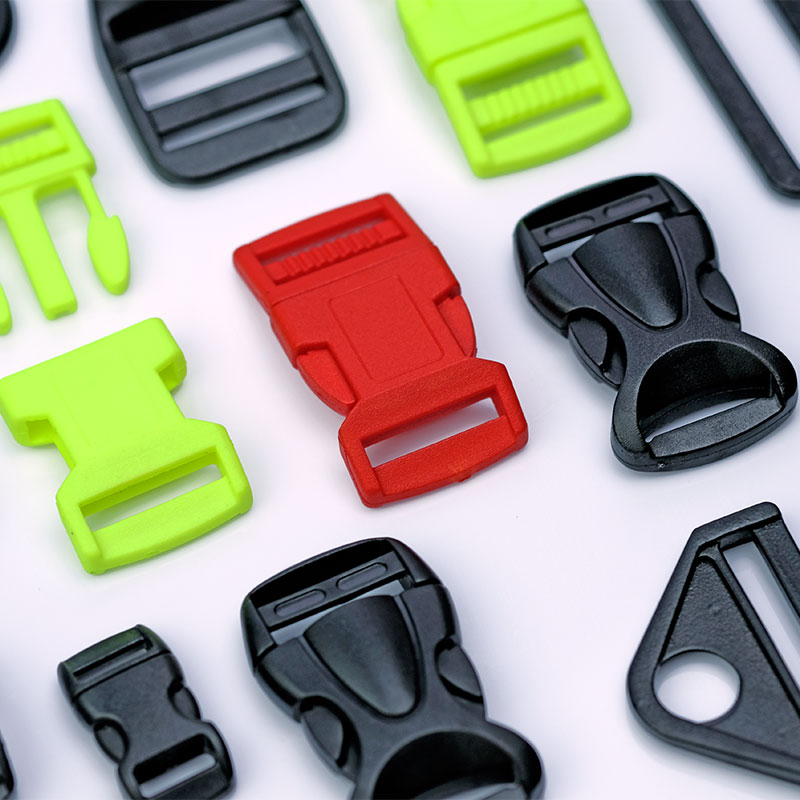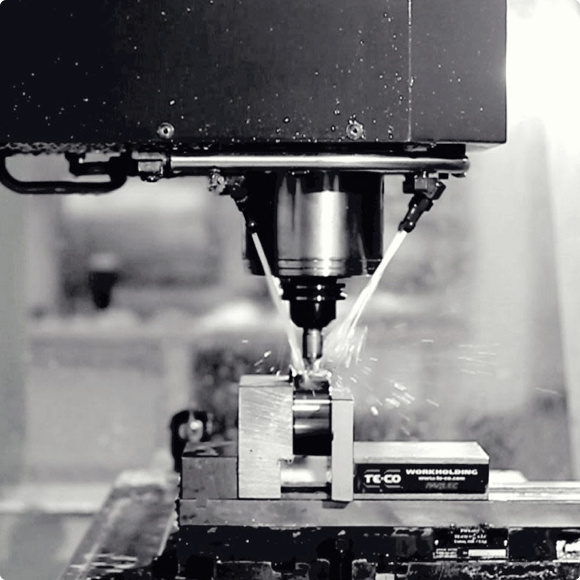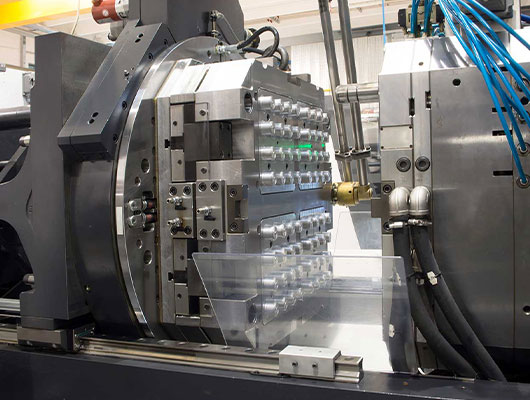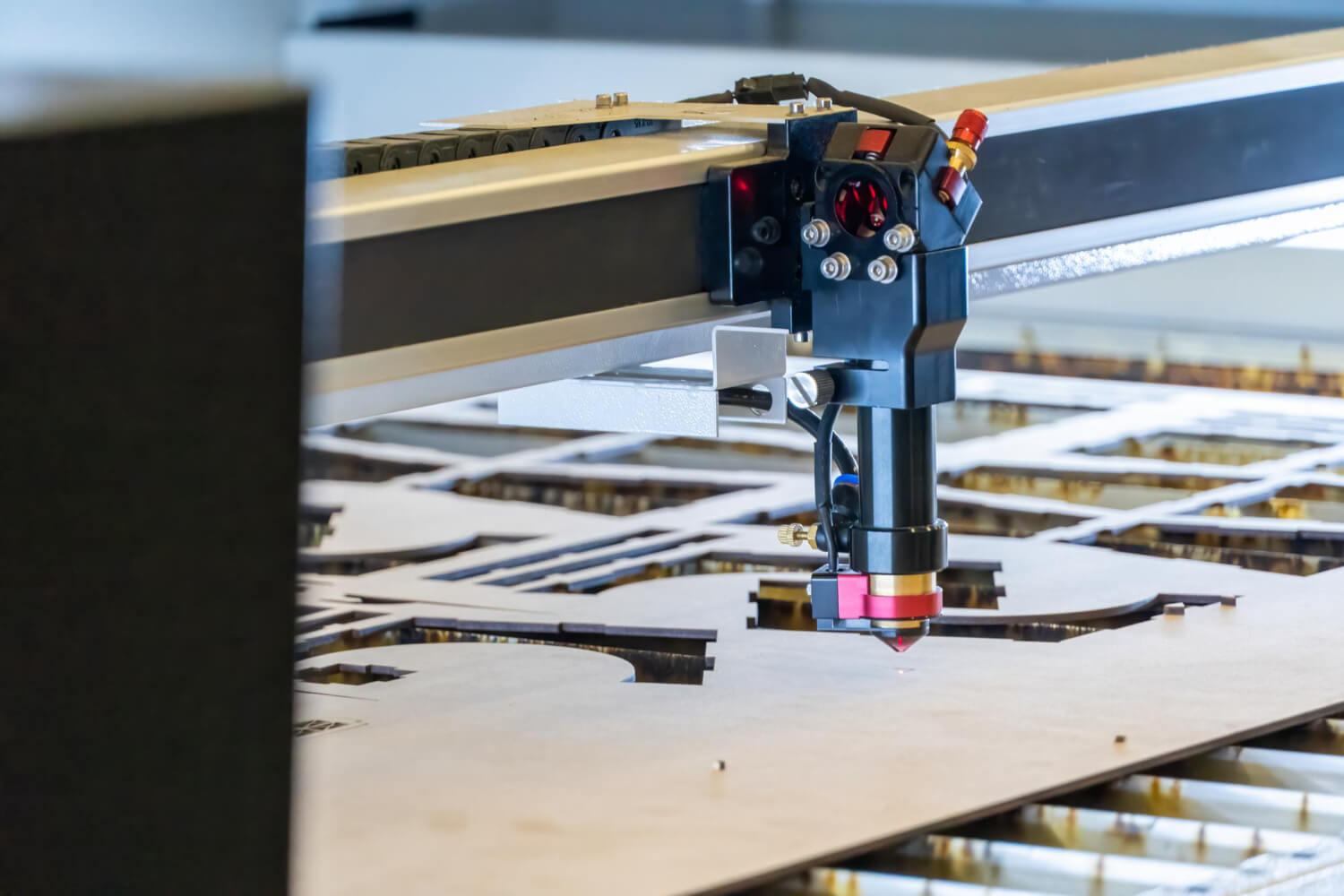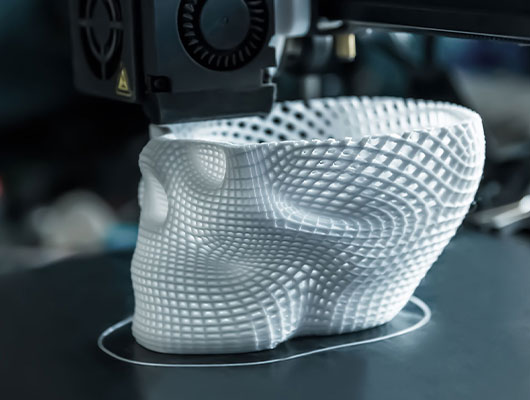Alumina-reinforced metal matrix composites (Al2O3/MMCs) are advanced materials that combine the high strength and ductility of metals with the exceptional hardness and wear resistance of alumina (Al2O3). These composites are engineered to enhance the performance characteristics of metals, making them more suitable for applications where traditional metals might fail due to wear, corrosion, or high temperatures.
Alumina, a ceramic material known for its hardness and stability, is dispersed within the metal matrix, providing reinforcement that significantly improves the composite’s mechanical properties. The presence of alumina particles in the metal matrix enhances the overall hardness, reduces wear, and increases the composite’s ability to withstand high stress and temperatures.
These composites are particularly valued in industries such as aerospace, automotive, and industrial manufacturing, where components are subjected to extreme operating conditions. The alumina reinforcement not only improves the wear resistance but also enhances the thermal stability and oxidation resistance of the metal matrix, making these composites ideal for high-temperature applications.
Additionally, Al2O3/MMCs exhibit excellent thermal conductivity, making them suitable for thermal management applications in electronics and other high-heat environments. The combination of lightweight metals and hard alumina particles results in a material that is both strong and durable, capable of performing in demanding environments where traditional metals might fail.


